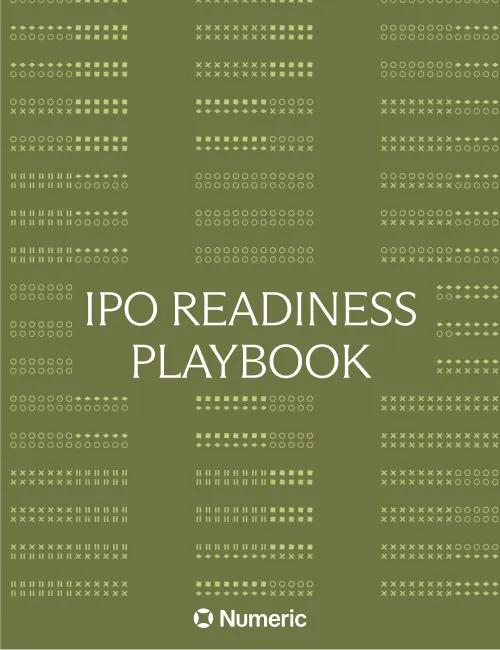Capitalization (Fixed Assets)
Capitalization of fixed assets is the process of recognizing significant expenditures as long-term assets rather than immediate expenses, aligning costs with revenue generation, and providing a clear and consistent reflection of a company's financial performance over time.
Understanding the capitalization of fixed assets is pivotal for businesses of all sizes. This accounting practice holds significant implications for financial reporting, compliance, and strategic decision-making. Let's delve into what capitalization of fixed assets means, why it's essential, and how to effectively implement it.
What is Capitalization of Fixed Assets?
Capitalization of fixed assets refers to the accounting practice of recognizing a cost as a long-term asset rather than an immediate expense. Instead of being deducted in the year of purchase, the cost is spread over the asset's useful life, reflecting its contribution to generating revenue.
Key Components
- Fixed Assets: These are tangible assets such as machinery, equipment, buildings, and land that a company expects to use over several years.
- Capitalization Threshold: The minimum amount a purchase must meet to be capitalized. Anything below this threshold is typically expensed immediately.
- Depreciation: This is the systematic allocation of a capitalized asset's cost over its useful life.
Why Capitalize Fixed Assets?
- Matching Principle: Capitalization ensures that the costs are matched with the revenue they help generate, providing a more accurate picture of profitability.
- Compliance: Adhering to Generally Accepted Accounting Principles (GAAP) requires proper capitalization of qualifying assets.
- Financial Stability: Capitalization prevents large expenditures from distorting the income statement, thus reflecting more stable earnings.
How to Capitalize Fixed Assets
- Identify the Asset: Determine if the expenditure qualifies as a fixed asset with a useful life extending beyond one year.
- Determine the Cost: Include all costs associated with making the asset ready for use, such as purchase price, shipping, installation, etc.
- Apply Depreciation: Select the appropriate depreciation method and apply it over the asset's useful life.
Challenges and Considerations
- Complexity: Proper capitalization requires understanding various rules, regulations, and standards.
- Estimating Useful Life: Incorrectly estimating an asset's useful life can lead to errors in depreciation.
- Ongoing Monitoring: Regular reviews and adjustments may be necessary to reflect changes in the asset's value or usage.
Conclusion
Capitalization of fixed assets is not merely a matter of accounting compliance. It's a strategic approach that enhances financial accuracy, supports effective decision-making, and promotes transparency with stakeholders.
Whether navigating the complexities of multi-asset capitalization or crafting a robust asset management strategy, understanding the nuances of capitalizing fixed assets is fundamental. It's an investment in financial integrity that pays dividends in trust, clarity, and business success.



